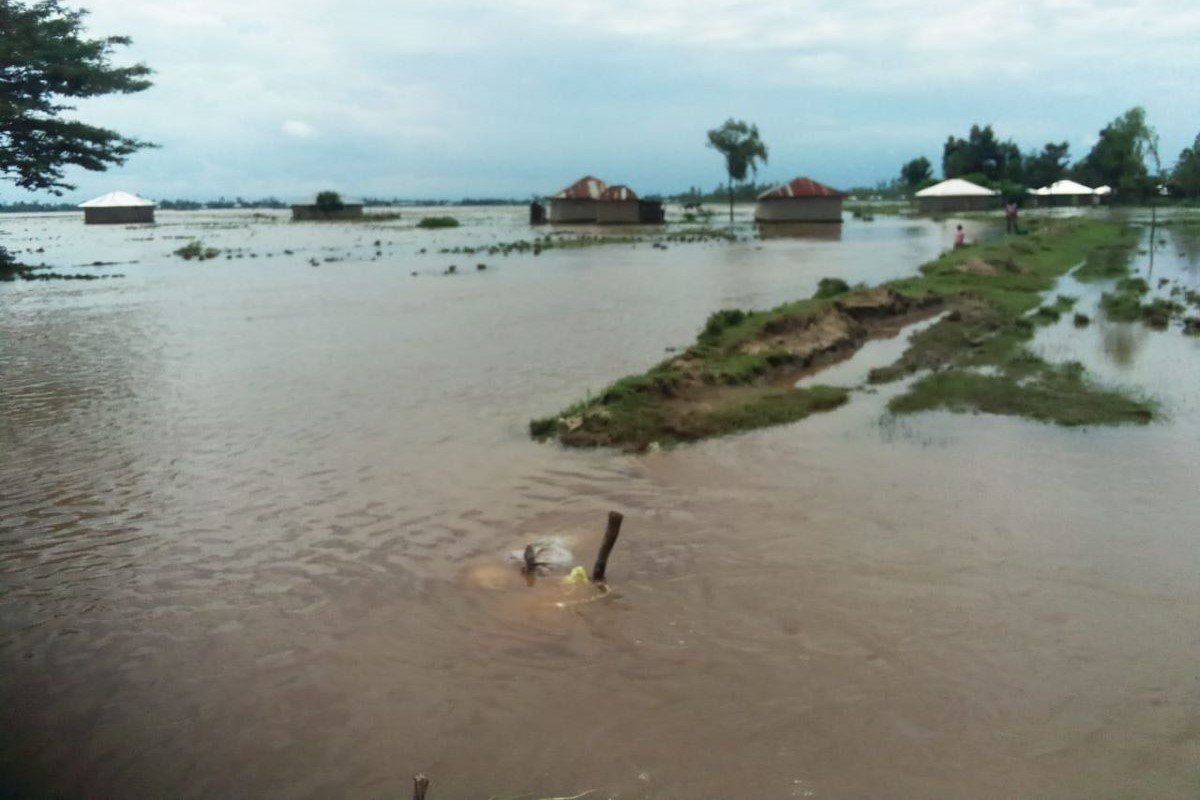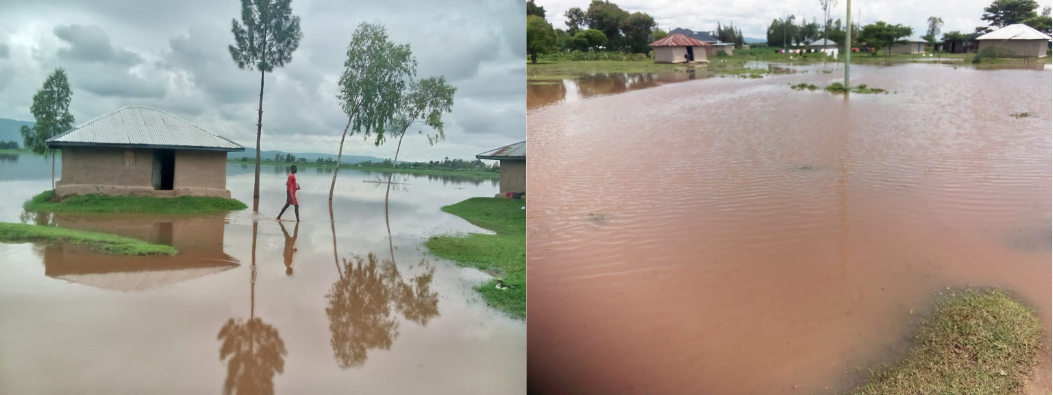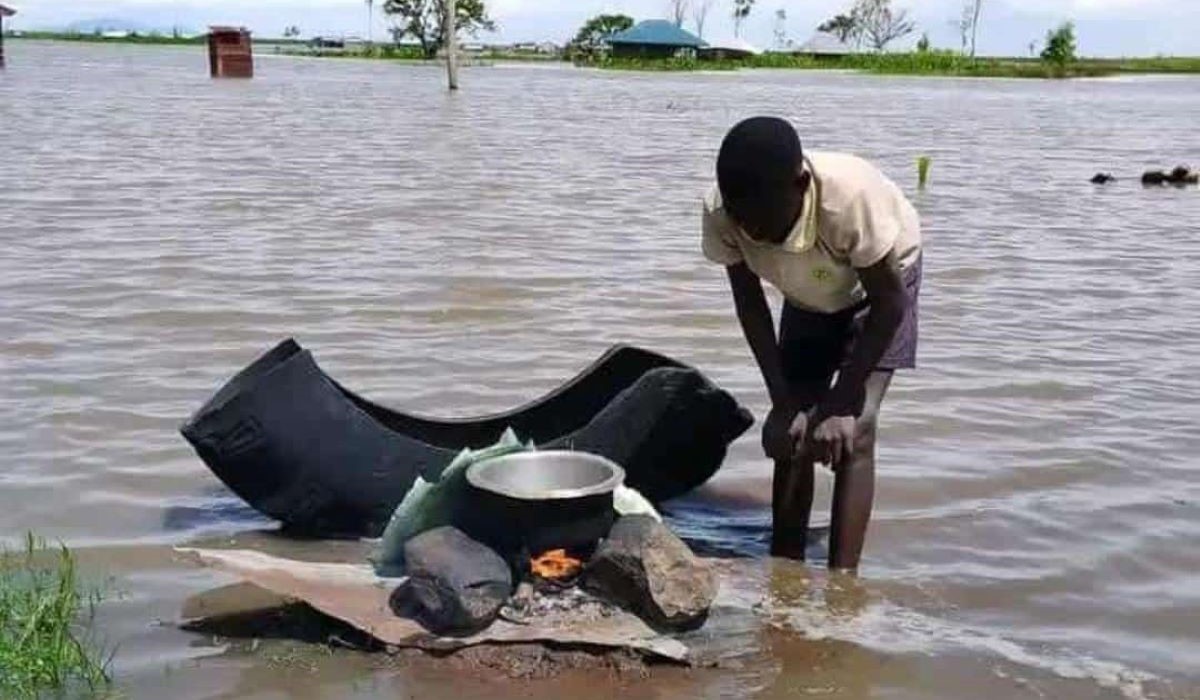

Description
Disaster Management and Mitigation Measures: Addressing the Menace of Flooding in Kenya
Welcome to Community in Action Institute (CIAI), where we are committed to proactive disaster management and mitigation efforts, especially in response to the recent devastating floods affecting Kenya.
The Impact of Floods in Kenya
Kenya, home to over 45 million people, is grappling with a humanitarian crisis following unprecedented flooding that has claimed more than 260 lives and displaced upwards of 280,000 individuals. Entire communities have been swept away, bridges and roads rendered impassable, and essential infrastructure like healthcare facilities severely damaged. The devastation caused by dangerous mudslides has been catastrophic, engulfing schools, businesses, and homes.
Effects on Agriculture and Livelihoods
Torrential downpours have submerged approximately 41,000 acres of croplands, leading to immense losses for farmers who rely on agriculture for their livelihoods. Moreover, thousands of livestock have perished or gone missing, compounding the economic strain on affected communities.

Water Contamination and Health Risks
The floods have contaminated clean water sources, turning ponds, rivers, and streams into breeding grounds for diseases like cholera and diarrhea. With two-thirds of Kenya’s population living in poverty, the combination of waterborne illnesses and malnutrition poses a grave threat to public health.
CIAI’s Response to the Crisis
In the wake of this crisis, Community in Action Institute (CIAI) has stepped in to support affected communities, focusing on the following initiatives:
Emergency Relief Distribution
CIAI is actively engaged in distributing essential sanitation and hygiene kits to over 71,000 people across multiple counties, including Tana River, Mandera, Isiolo, West Pokot, and Baringo. Families have received critical supplies such as 20-liter jerricans, 10-liter buckets, soaps, and water treatment chemicals to ensure access to clean water and prevent the spread of waterborne diseases.
Cash Transfers and Outreach
Recognizing the urgent need for immediate assistance, CIAI is facilitating cash transfers to reach 48,000 affected individuals. These efforts are complemented by outreach activities to ensure access to vital health services and education on proper hygiene practices.
Shelter and Basic Necessities
To address the acute housing shortage, CIAI has provided tarpaulins for temporary shelters, emergency latrines, mosquito nets, and sleeping nets. These interventions are crucial in safeguarding displaced families against further hardships.
Addressing Long-term Challenges
Beyond immediate relief efforts, CIAI is committed to addressing the long-term challenges posed by climate change-induced disasters. By advocating for sustainable policies and community-based adaptation strategies, we aim to build resilience and mitigate future risks.

Long-Term Mitigation Measures by Community in Action Institute (CIAI)
At Community in Action Institute (CIAI), we understand the critical importance of implementing sustainable, long-term mitigation measures to address the recurring menace of flooding and other disasters in Kenya. Our approach focuses on proactive strategies aimed at building resilience and minimizing the impact of future crises on vulnerable communities.
Key Long-Term Mitigation Initiatives:
- Community Engagement and Capacity Building:
- Awareness Campaigns: CIAI conducts extensive community awareness campaigns on disaster preparedness, climate change adaptation, and sustainable land management practices.
- Training and Workshops: We facilitate training sessions and workshops to equip local residents with essential skills in disaster response, early warning systems, and sustainable agriculture techniques.
- Ecosystem Restoration and Climate Adaptation:
- Nature-Based Solutions: CIAI advocates for and implements nature-based solutions such as reforestation, wetland restoration, and soil conservation to enhance ecosystem resilience and reduce the risk of flooding.
- Climate-Smart Agriculture: Promoting climate-smart agricultural practices helps farmers adapt to changing environmental conditions and minimize the impact of floods on crop yields.
- Infrastructure Development and Risk Reduction:
- Flood Resilient Infrastructure: CIAI collaborates with local authorities and stakeholders to design and construct flood-resilient infrastructure, including drainage systems, flood barriers, and elevated housing.
- Early Warning Systems: We support the establishment and enhancement of early warning systems that utilize technology and community networks to provide timely alerts about impending disasters.
- Policy Advocacy and Partnerships:
- Policy Reform: CIAI engages with policymakers and government agencies to advocate for policies that prioritize disaster risk reduction, climate adaptation, and community resilience.
- Collaborative Partnerships: We foster partnerships with national and international organizations, academia, and private sectors to leverage resources and expertise for comprehensive disaster management strategies.
CIAI’s Commitment to Sustainable Impact:
Our long-term mitigation measures are guided by a commitment to sustainable development and holistic disaster management. By investing in community empowerment, ecosystem restoration, and strategic partnerships, CIAI aims to create lasting solutions that mitigate the impact of disasters and improve the resilience of vulnerable populations in Kenya.
Join Us in Making a Difference
At CIAI, we believe that collective action is essential in confronting the complex challenges posed by natural disasters. Together, we can make a tangible impact and support vulnerable communities in their journey towards recovery and resilience.
Join Community in Action Institute (CIAI) today and be part of the solution in tackling Kenya’s pressing disaster management challenges.

